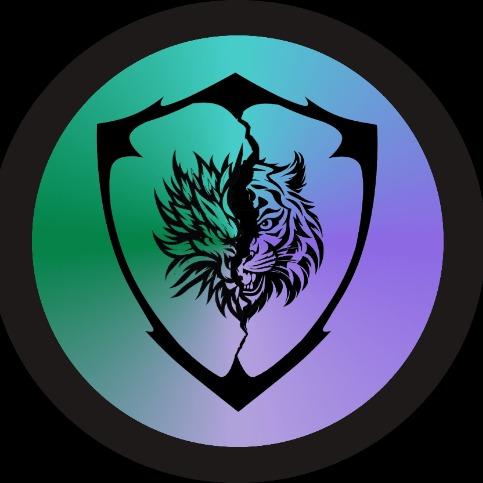Orphism
Unleash Dragons, Tame Tigers, and Let AI Handle the Chaos – The NFT Battleground Where Monsters, Blockchain, and Your Voice Collide!
Created on 2nd December 2024
•
Orphism
Unleash Dragons, Tame Tigers, and Let AI Handle the Chaos – The NFT Battleground Where Monsters, Blockchain, and Your Voice Collide!
The problem Orphism solves
Problem Orphic Solves
Orphic revolutionizes blockchain gaming by comprehensively addressing critical technological and user experience limitations in the current NFT gaming landscape.
Technical Challenges Resolved
1. Dynamic Asset Generation
- AI-powered artwork and monster creation ensure each NFT is genuinely unique
- Advanced GAN models generate statistically diverse and visually compelling assets
- Dynamic stat evolution creates inherent, gameplay-driven value propositions
2. Interaction Complexity
- Transforms rigid, click-based gaming interfaces into conversational experiences
- Implements natural language processing for intuitive voice and text commands
- Enables real-time AI agents to interpret and execute complex player instructions
3. Randomness and Fairness
- Utilizes Chainlink VRF to guarantee cryptographically secure randomness
- Implements transparent, oracle-based generation of monster rarities
- Prevents potential manipulation of game mechanics through verifiable randomness
User Experience Innovations
1. Seamless Cross-Platform Engagement
- Telegram integration allows gaming and trading beyond primary DApp interface
- Wallet-based registration simplifies onboarding for new blockchain gaming users
- Synchronizes game states and assets across multiple platforms
2. Accessible Trading Mechanisms
- AI-powered trading bot enables natural language NFT exchanges
- Simplifies complex marketplace interactions
- Reduces technical barriers to entry for NFT trading
Value Proposition
Orphic isn't merely a game—it's an intelligent ecosystem that:
- Bridges the gap between complex blockchain technologies and user-friendly experiences
- Creates a more inclusive, engaging Web3 gaming environment
- Empowers users with intuitive, AI-enhanced digital collectible interactions
Challenges we ran into
Technical Challenges in Developing Orphic
1. AI Inference Reliability
Challenge: Unstable internet connections dramatically impacted AI model inference, creating significant bottlenecks in early development stages.
Solution:
- Implemented robust error handling and retry mechanisms
- Developed local caching strategies for AI model responses
- Created fallback inference pipelines to minimize connection dependency
- Optimized AI model lightweight versions for reduced bandwidth requirements
2. WebSocket Performance Optimization
Challenge: Achieving near-zero latency for real-time battle interactions, critical for maintaining seamless gameplay experience.
Solution:
- Leveraged WebSocket protocol with advanced connection management
- Implemented connection pooling and persistent socket connections
- Developed custom protocol for minimizing packet overhead
- Used binary data transmission instead of JSON for reduced network load
- Integrated WebSocket load testing to validate performance thresholds
3. Telegram Mini-App Integration Complexity
Challenge: Initially planned comprehensive Telegram mini-app integration, ultimately deciding to pivot and simplify the approach.
Solution:
- Conducted thorough architectural review of mini-app constraints
- Redesigned bot interaction to focus on core functionality
- Developed modular bot service with clear separation of concerns
- Created flexible integration layer allowing future expansion
Key Learnings
- Resilience in technical design is crucial
- Always have multiple fallback strategies
- Performance optimization requires continuous iteration
- User experience trumps over-complicated technical implementations
The challenges transformed our initial concept, ultimately leading to a more robust and focused product design.
Tracks Applied (3)
AI Agents
Bullieverse
Consumer Track
Base
Write About Unfold
okto
Technologies used
Cheer Project
Cheering for a project means supporting a project you like with as little as 0.0025 ETH. Right now, you can Cheer using ETH on Arbitrum, Optimism and Base.
